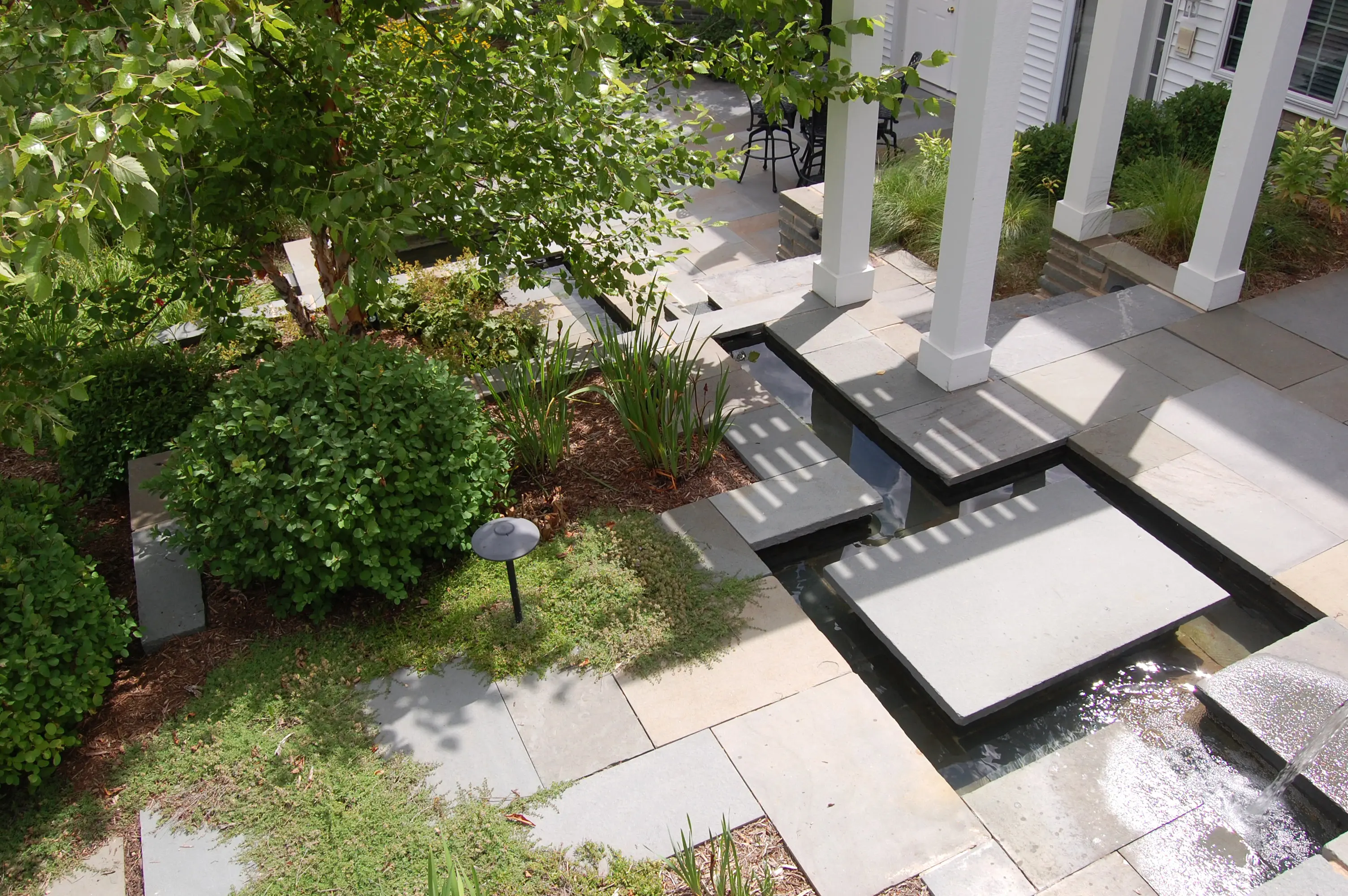
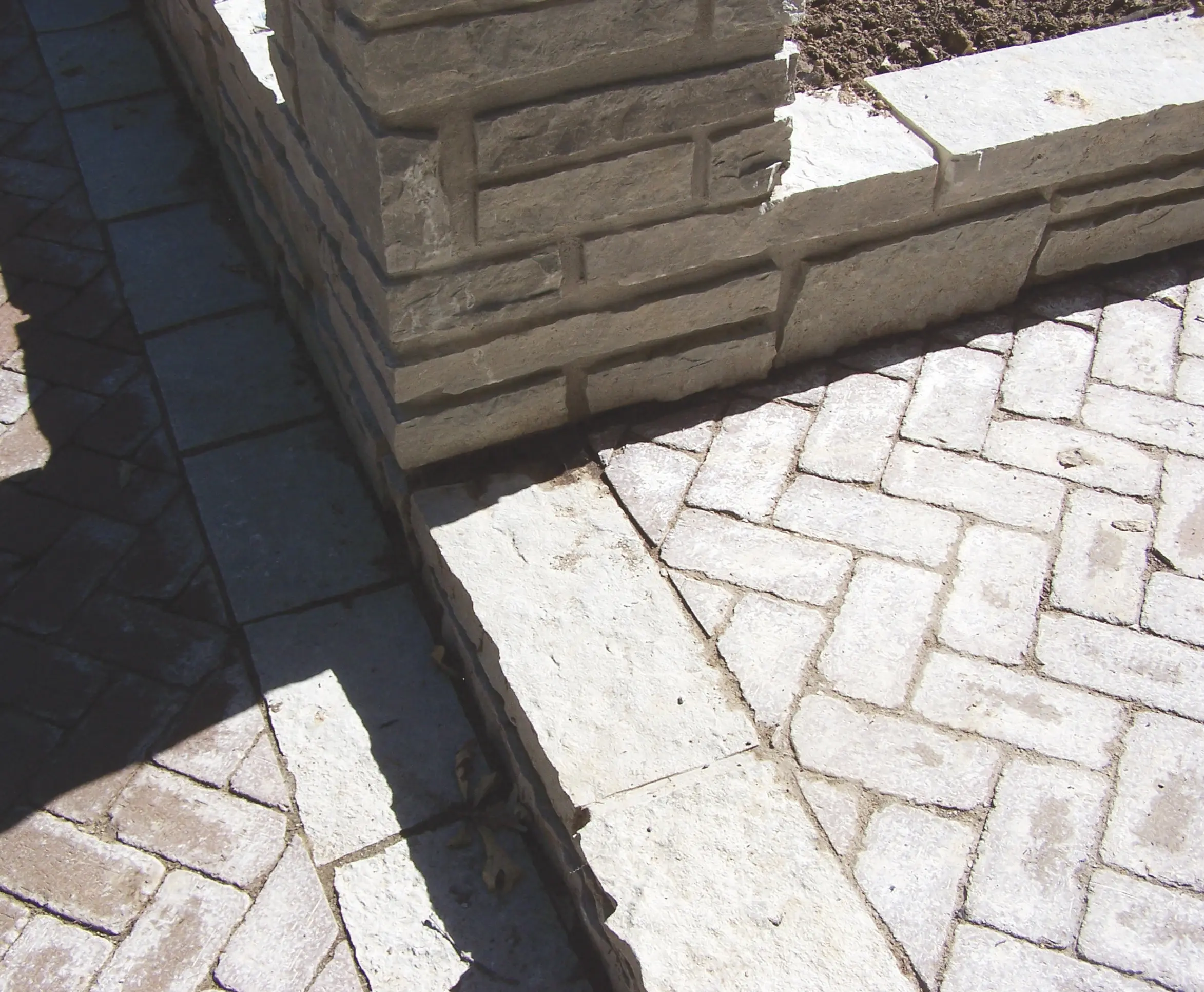
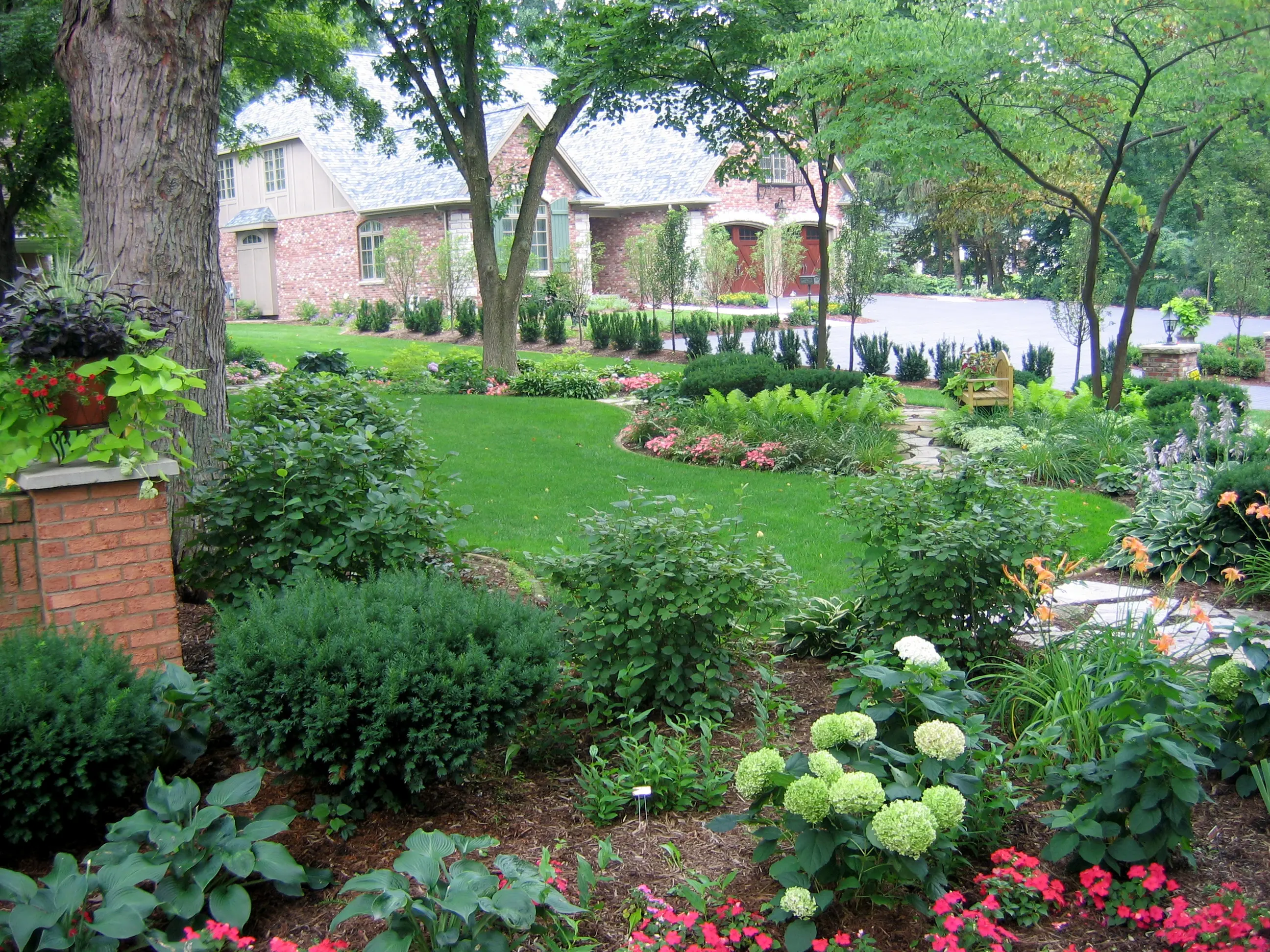
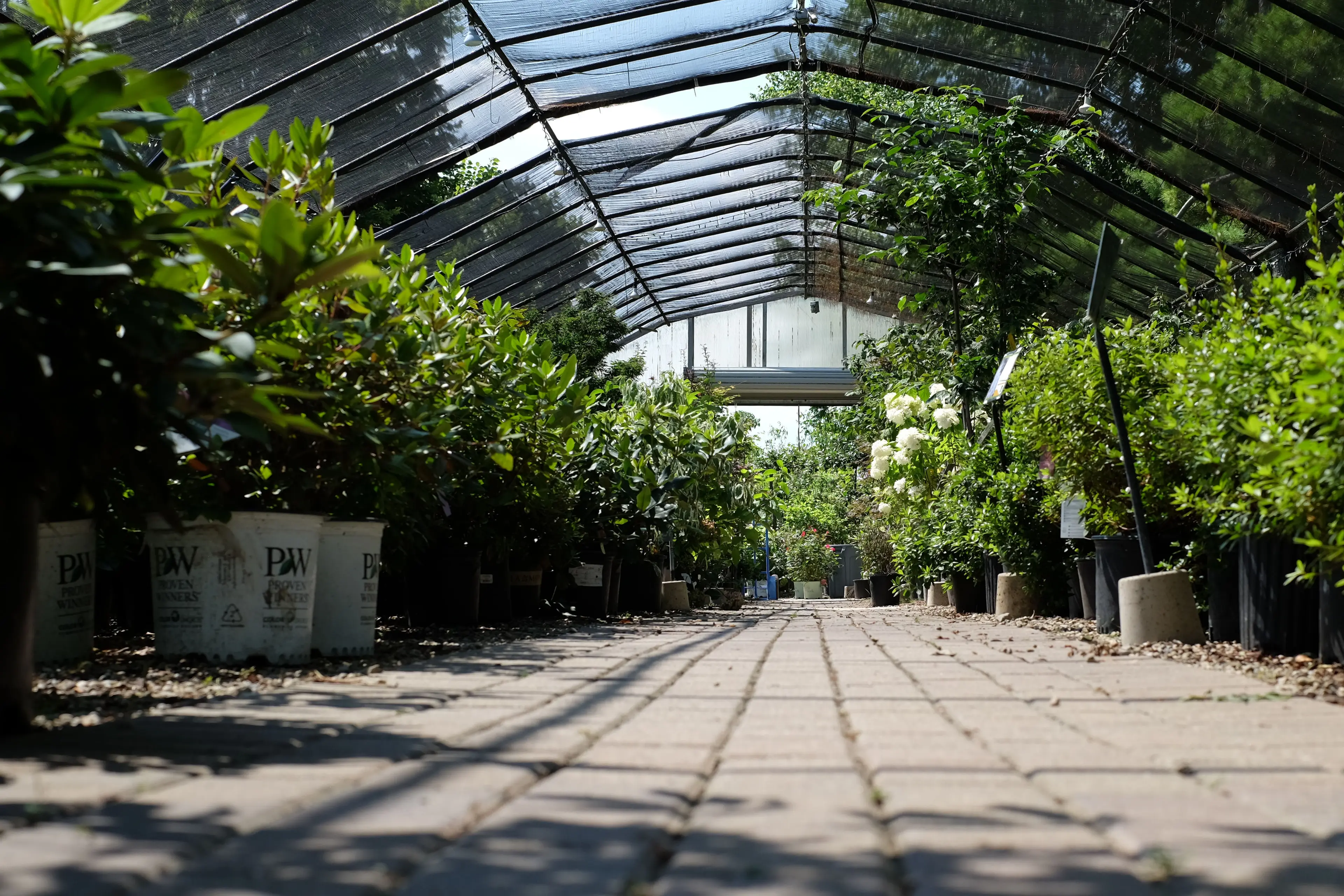
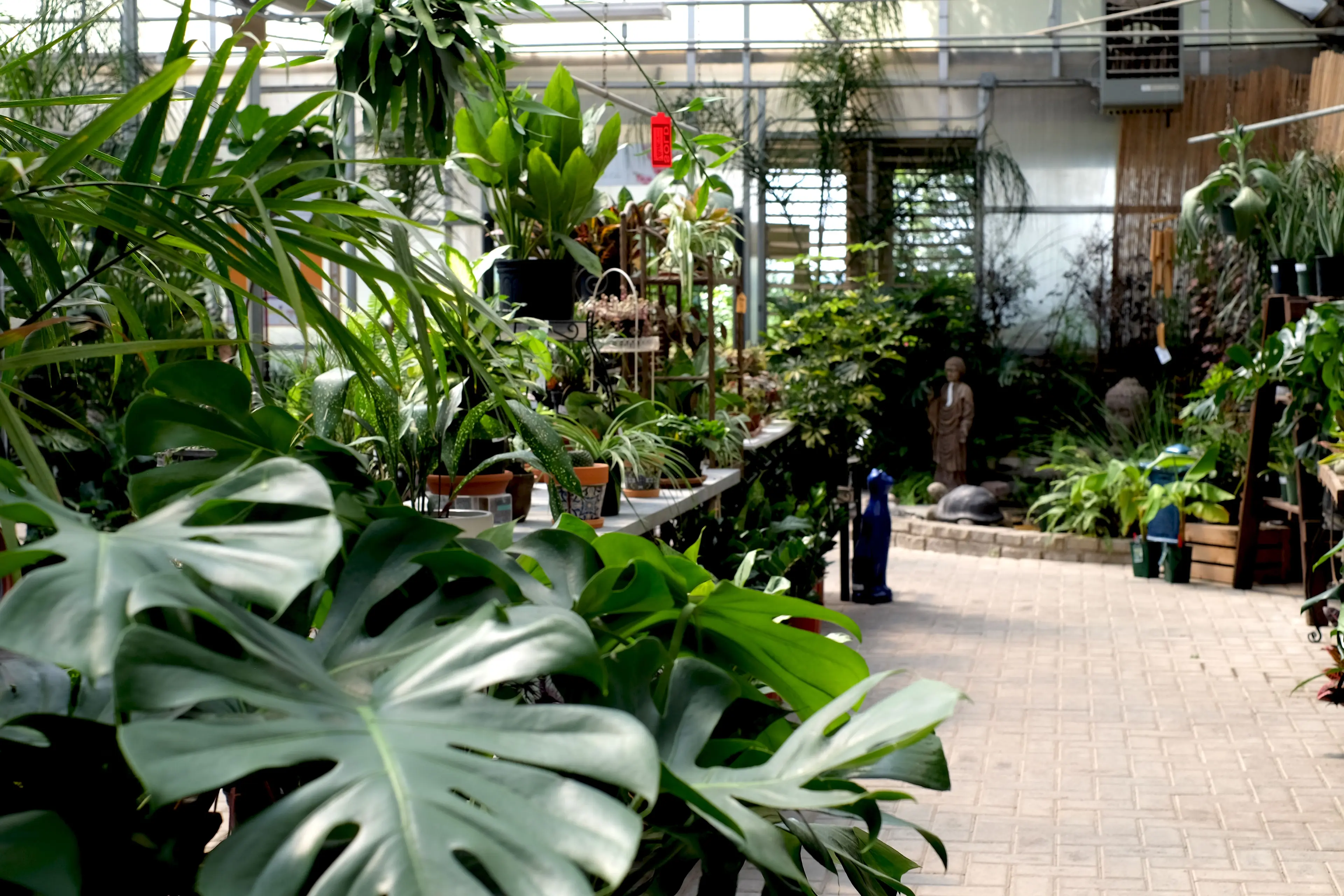
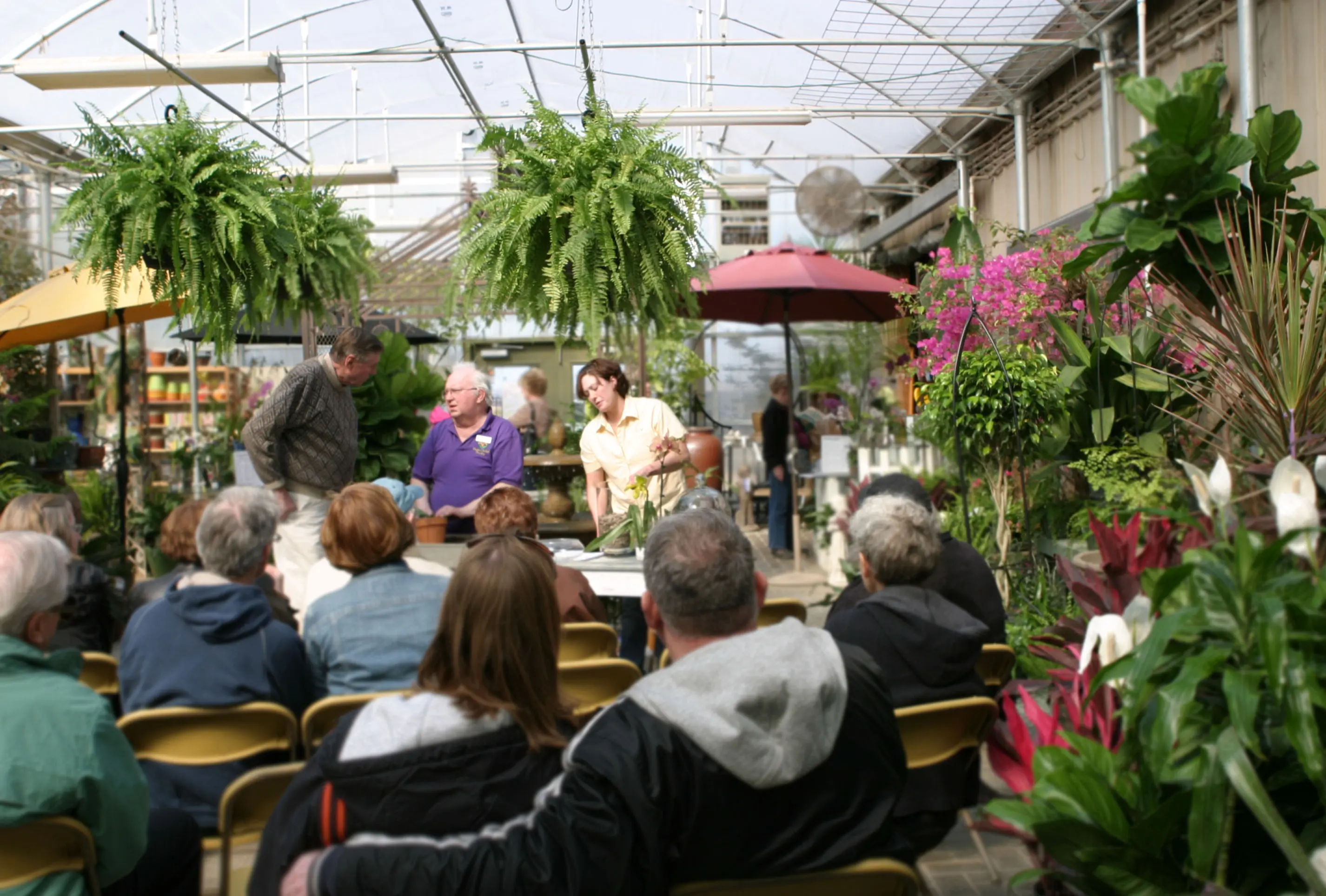
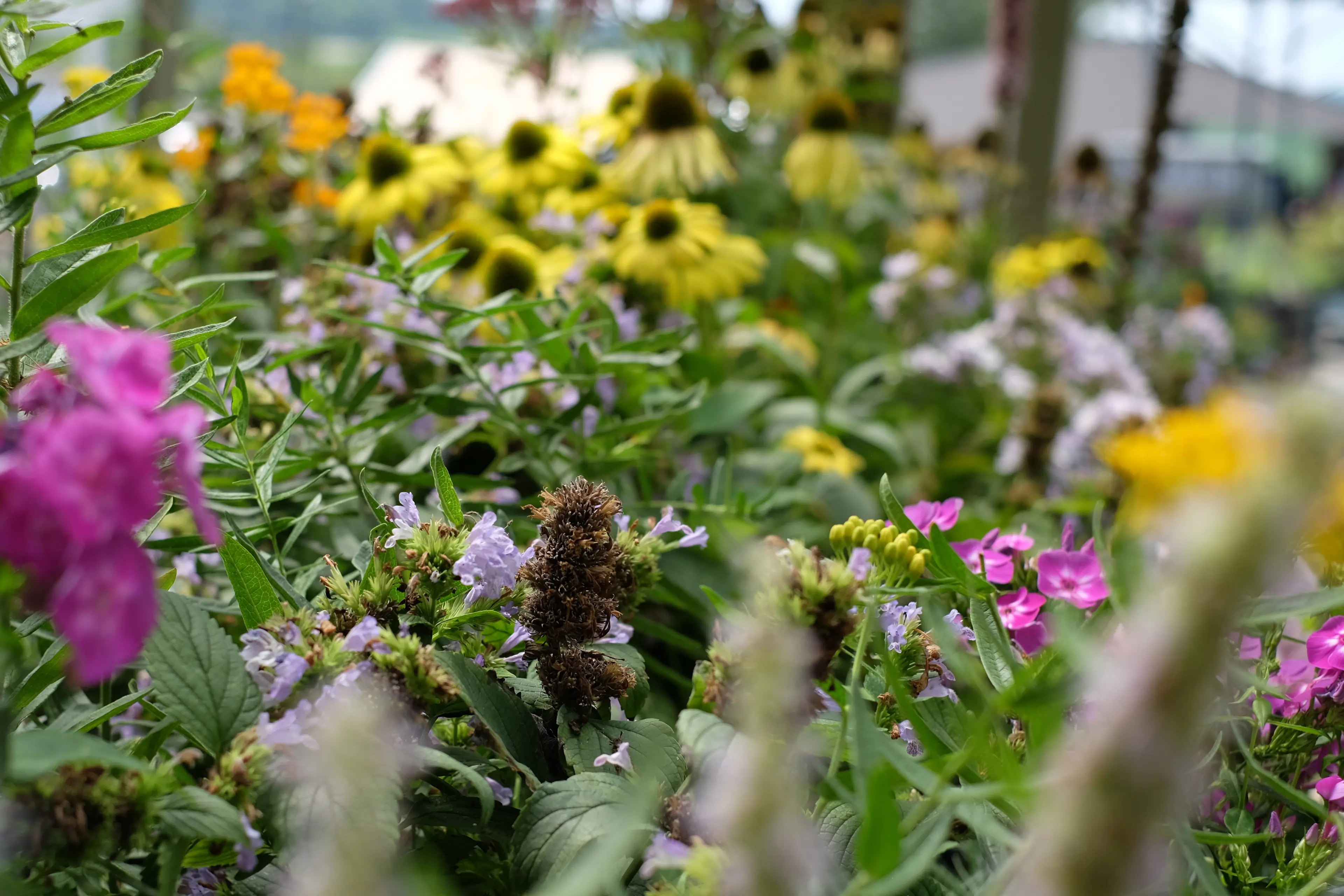

Landscape
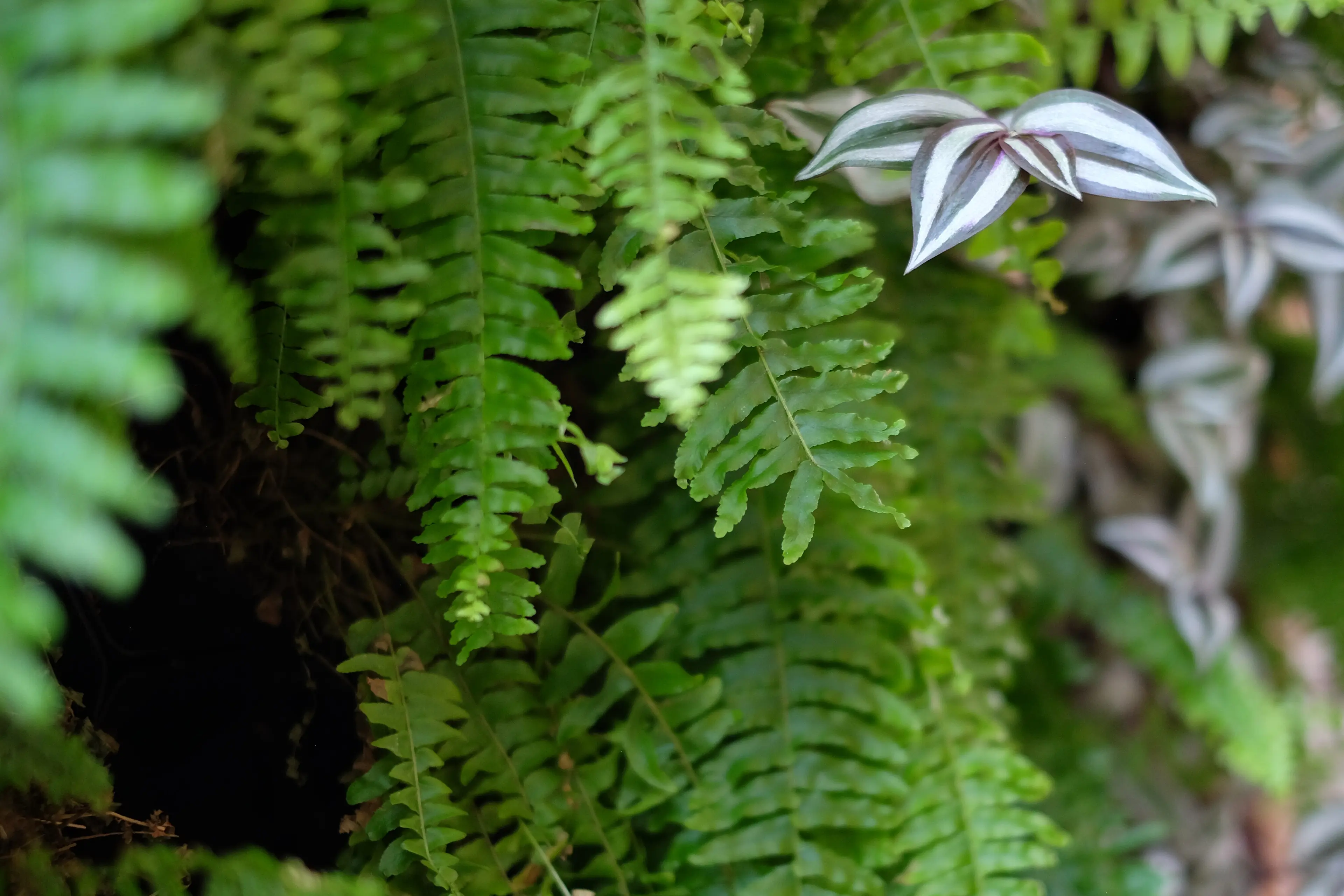
The Rise of Immersive Gardens in the Midwest

As a landscape designer, I have witnessed a growing appreciation for the inherent beauty of natural landscapes in recent years. This shift in aesthetic preference is not surprising, considering the increasing awareness of the need for sustainable practices and the longing for a connection to nature in our rapidly urbanizing world. One of the most significant trends emerging from this movement is the creation of immersive gardens, also known as curated wilding or nature-scaping. These gardens focus on the use of native plant species, natural materials, and raw textures to celebrate the beauty of the imperfect look. In this blog post, I will delve into the principles of this trend, the benefits of immersive gardens, and how to create one in the Midwest climate.
The Principles of Immersive Gardens
1. Embrace Local Flora: One of the core principles of immersive gardens is to use native plant species that are well-adapted to the local climate and conditions. This not only creates a visually cohesive landscape but also promotes biodiversity and supports local ecosystems.
2. Champion Imperfection: Rather than striving for manicured lawns and perfectly pruned shrubs, the immersive garden trend acknowledges that beauty can be found in imperfection. By allowing plants to grow more naturally, you can create a more authentic and serene environment that encourages a deeper connection with nature.
3. Prioritize Sustainability: In addition to using native plants, immersive gardens prioritize sustainable practices such as conserving water, reducing chemical inputs, and fostering wildlife habitats. These efforts contribute to a healthier ecosystem and a more resilient garden that can adapt to environmental stressors.
4. Raw Textures and Neutral Colors: The materials used in immersive gardens, such as stones, wood, and gravel, often have rich, raw textures and neutral colors that blend seamlessly with the natural environment. These elements can enhance the visual appeal of the garden and create a sense of harmony and tranquility.
Creating an Immersive Garden in the Midwest
Designing an immersive garden in the Midwest climate requires careful consideration of the unique challenges and opportunities presented by the region. Here are some tips to create a stunning, sustainable garden that thrives in this diverse environment:
1. Choose Native Plants: Opt for native species that are well-suited to the Midwest's climate, such as prairie plants, woodland wildflowers, and grasses. Some examples include purple coneflower (Echinacea purpurea), black-eyed Susan (Rudbeckia hirta), switchgrass (Panicum virgatum), and wild bergamot (Monarda fistulosa). These plants can provide year-round interest while also supporting pollinators and other wildlife.
2. Layer Your Plantings: To create a visually immersive experience, layer your plantings to mimic the structure of natural ecosystems. Start with taller trees and shrubs, such as Eastern redbud (Cercis canadensis) or gray dogwood (Cornus racemosa), followed by a mix of native perennials, grasses, and groundcovers. This will provide depth and texture to your landscape, making it more inviting and dynamic.
3. Create Habitat for Wildlife: By incorporating native plants and natural materials into your design, you can create valuable habitat for local wildlife. To further enhance your garden's ecological value, consider adding features such as birdhouses, bee hotels, and small water sources to provide additional shelter and resources for various species.
4. Incorporate Sustainable Practices: Embrace water-saving techniques such as rain gardens, permeable paving, or rain barrels to conserve water and reduce runoff. Also, minimize the use of chemicals by opting for organic fertilizers and pest control methods. These practices will not only benefit the environment but also create a healthier space for you and your family to enjoy.
5. Use Natural Materials and Colors: To enhance the immersive experience, incorporate natural materials such as stone, wood, and gravel in your design. These elements can be used for pathways, borders, and seating areas, adding texture and a sense of cohesion to your garden. Opt for neutral colors that harmonize with the surrounding environment and allow the beauty of the plants to take center stage.
6. Create Spaces for Reflection and Connection: Immersive gardens are meant to be enjoyed and experienced. Create seating areas, nooks, or paths that encourage visitors to linger and connect with nature. This can be achieved by placing benches near focal points, creating secluded spots with plantings, or weaving meandering paths through the landscape.
Benefits of Immersive Gardens
Creating an immersive garden comes with numerous benefits for both the environment and the garden's users. Some of these benefits include:
1. Improved Biodiversity: By using native plants and creating habitats for wildlife, immersive gardens support local ecosystems and contribute to increased biodiversity. This can help to counteract the negative effects of habitat loss and fragmentation caused by urbanization.
2. Reduced Maintenance: Native plants are adapted to the local climate and conditions, which means they typically require less maintenance, such as watering, fertilizing, and pruning. This can save time, money, and resources while also reducing the garden's environmental impact.
3. Enhanced Well-being: Spending time in natural settings has been shown to have numerous mental and physical health benefits, such as reduced stress, improved mood, and increased cognitive function. By creating a space that encourages a connection with nature, immersive gardens can contribute to the well-being of their users.
4. Increased Property Value: A well-designed and maintained landscape can add significant value to a property. Immersive gardens, with their focus on sustainability and natural beauty, are an increasingly attractive feature for potential buyers who value eco-friendly and aesthetically pleasing landscapes.
Conclusion
The immersive garden trend is a testament to the growing appreciation for the inherent beauty and value of natural landscapes. By embracing the principles of this trend and using native plants, natural materials, and sustainable practices, you can create a stunning, eco-friendly garden that connects you with nature and supports the local ecosystem. The Midwest offers a diverse palette of plant species and materials to work with, allowing you to create a unique and personalized immersive garden that will be a source of joy and inspiration for years to come. Contact us today at our Peoria, IL, Springfield, IL, Bloomington, IL, or Champaign, IL, branch to begin creating a landscape plan that reflects your personal preferences and meets your functional needs.
David – Landscape Designer